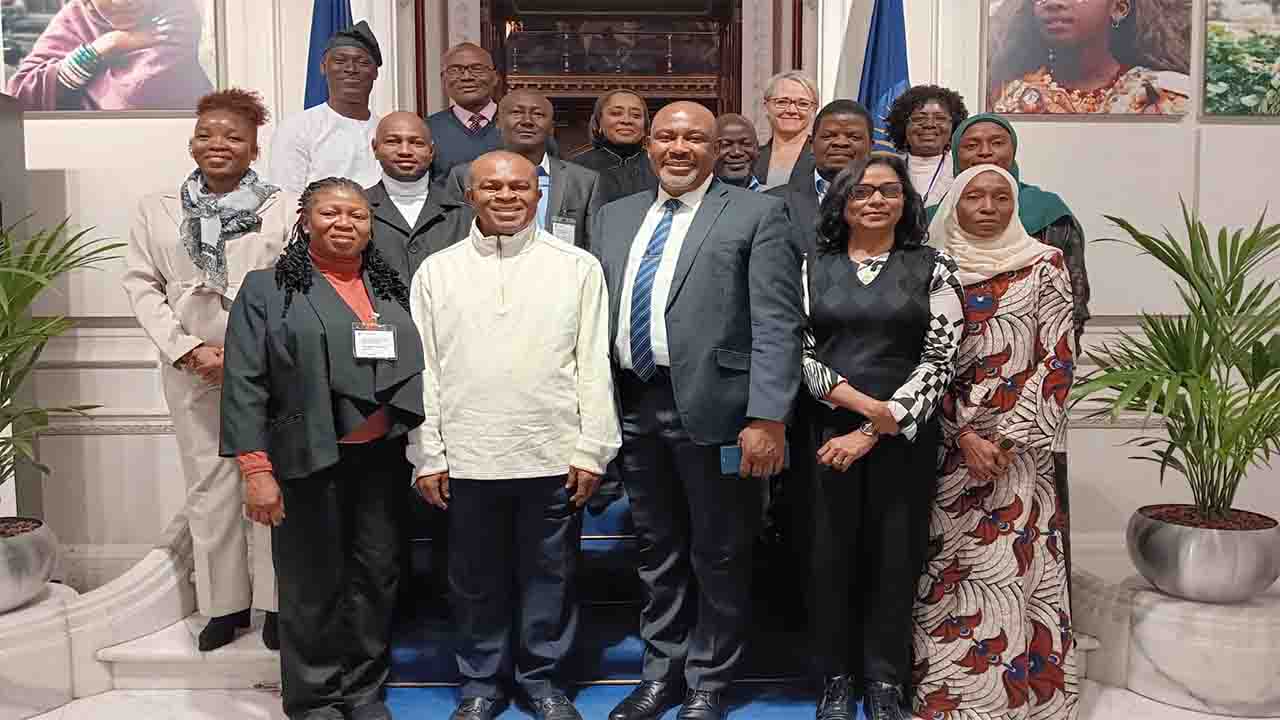Healthcare, Canada (Commonwealth Union) – A Canadian discovery driven by philanthropy may have a major global impact, a research team at Western University, led by Dr. Michael Strong, has identified a potential pathway to a cure for amyotrophic lateral sclerosis (ALS).
Researchers of the study pointed out that the breakthrough reveals how protein interactions can either preserve nerve cells or prevent their death, which is a key aspect of ALS. It is the result of many years of research at Western University, supported by the Temerty Foundation.
Strong, a clinician-scientist who has dedicated his career to finding a cure for ALS indicated that as a doctor, it’s crucial for him to have the ability to tell patients and their families that they are actively engaged in stoping this disease.
ALS, also known as Lou Gehrig’s disease, is a devastating neurodegenerative disorder that progressively disrupts nerve cells responsible for muscle control. This can bring about muscle wastage, paralysis, and ultimately bring about fatality. The average life expectancy for an ALS patient after diagnosis is just 2 to 5 years.
In a study that appeared in the journal Brain, Dr. Strong’s team discovered that making the interaction between two proteins in nerve cells affected by ALS a target, can halt or reverse the disease’s progression. The team identified a mechanism to achieve this as well.
“Importantly, this interaction could be key to unlocking a treatment not just for ALS but also for other related neurological conditions, like frontotemporal dementia,” explained Strong, who is the holder of the Arthur J. Hudson Chair in ALS Research at the Western University, Schulich School of Medicine & Dentistry. He indicated that the finding is a gamechanger.
In almost all cases of ALS, a protein called TDP-43 is responsible for creating abnormal clumps within cells, leading to cell death. Recently, Strong’s team found a second protein, RGNEF, with functions opposing TDP-43. The team’s latest discovery identifies a specific fragment of RGNEF, called NF242, that can counteract the toxicity of the ALS-causing protein. When the two proteins interact, the toxicity of the ALS-causing protein is neutralized, significantly bringing down nerve cell damage and leading to the avoidance of cell death.
Fruit flies treated with this approach demonstrated extended lifespan, improved motor functions, and protection against nerve cell degeneration. In mouse models, the approach resulted in increased lifespan, mobility, and reduced neuroinflammation markers. The team’s groundbreaking research is made possible by the Temerty family’s ongoing investment in ALS research at Western University, which Strong describes as “truly transformational.”
Currently, Dr. Strong and his team have established an objective to advance their prospective treatment to human clinical trials within the next five years. This endeavor is driven by a recent donation from the Temerty Foundation. The foundation, which was established by James Temerty, the founder of Northland Power Inc., and Louise Arcand Temerty, is committing an investment of $10 million over the course of five years. This financial support is aimed at accelerating the progress of bringing this treatment to individuals suffering from ALS.
“Finding an effective treatment for ALS would mean so much to people living with this terrible disease and to their loved ones,” added James Temerty. “Western is pushing the frontiers of ALS knowledge, and we are excited for the opportunity to contribute to the next phase of this groundbreaking research.”
The Temerty Foundation’s latest contribution has elevated the family’s total investment in neurodegenerative disease research at Western University to a remarkable $18 million.
This substantial support has accelerated advancements in finding an effective treatment for ALS, a devastating disease affecting thousands worldwide according to the Western University President Alan Shepard who also commends Dr. Strong’s unwavering dedication, paralleled by the Temerty family’s earnest desire to make a significant impact in this field. He further pointed out that the Temerty Foundation’s investment and foresight have propelled progress in ALS research, garnering immense gratitude from the university.
Dr. John Yoo, dean at Schulich Medicine & Dentistry, believes this development marks a pivotal moment in ALS research, holding the potential to revolutionize patient lives.
“With Dr. Strong’s leadership, our continued investment in the best tools and technology and the visionary support of the Temerty Foundation, we are thrilled to be heralding in a new era of hope for patients with ALS.”

















